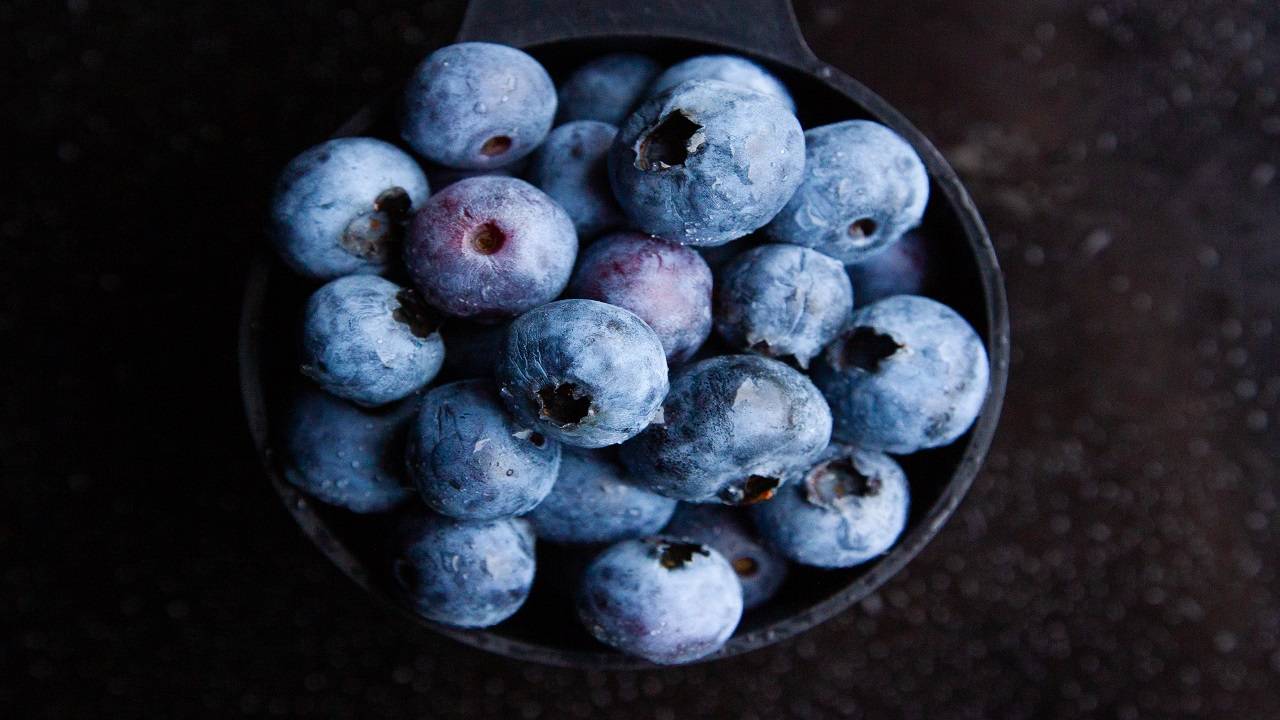
Blueberries, both delicious and healthy, rank among the top choices for fruits. The process of cultivating them is simpler than you might imagine. Blueberries are loaded with vitamins, antioxidants, and dietary fibre, earning them the title of a superfood. Native Americans have appreciated these plants not only for their delightful taste but also for their medicinal properties. So, if you're considering growing blueberries, the current moment is an ideal starting point for your own harvest.
Comprehensive Guide To Help You Start Blueberry Cultivation
Growing blueberries from scratch can be a rewarding experience, but it's important to understand that blueberry plants have specific requirements for soil, climate, and care. Here are the factors you may consider for Blueberry cultivation -
1. Choose the Right Blueberry Variety:
-
Select blueberry varieties that are well-suited to your climate. Common types include highbush, lowbush, and rabbiteye blueberries.
2. Site Selection:
-
Blueberries need full sun for at least six hours a day.
-
Well-drained soil with a pH level between 4.5 and 5.5 is ideal.
-
Conduct a soil test to determine the pH and nutrient levels of your soil. Adjust the pH as needed using sulfur or lime.
3. Planting Blueberry Bushes:
-
Plant blueberry bushes in early spring or late fall.
-
Space bushes 4-6 feet apart in rows, with rows 8-10 feet apart.
-
Dig holes that are as deep as the root ball and twice as wide.
-
Mix organic matter, such as peat moss or compost, into the soil when planting.
-
Place the bushes in the holes, making sure the root crown is level with the ground surface.
-
Water thoroughly after planting.
4. Mulching:
-
Apply a 2-4 inch layer of mulch, such as pine needles or wood chips, around the base of the plants to retain moisture and control weeds.
5. Watering:
-
Blueberries need consistent moisture, especially during the growing season.
-
Water deeply but infrequently to keep the soil consistently moist but not waterlogged.
6. Pruning:
-
Prune blueberry bushes in late winter or early spring to remove dead or weak branches and promote healthy growth.
-
Regular pruning helps increase fruit production.
7. Fertilization:
-
Blueberries benefit from a balanced fertilizer, such as a 10-10-10 or 14-14-14 blend.
-
Apply fertilizer in early spring before new growth starts.
8. Pest and Disease Management:
-
Keep an eye out for common pests like birds, aphids, and blueberry maggots.
-
Use bird netting to protect the berries.
-
Apply appropriate organic or chemical treatments as needed to control pests and diseases.
9. Pollination:
-
Blueberries are self-fertile but produce better yields with cross-pollination.
-
Plant multiple varieties for better pollination.
10. Harvesting:
-
Blueberries are typically ready for harvest in mid to late summer.
-
Pick ripe berries by gently rolling them between your fingers; ripe berries will fall off easily.
What are the Products Made From Blueberries?
Blueberries are a versatile fruit, and they are used in various food and non-food products. Here are some common products produced from blueberries:
-
Fresh Blueberries: Blueberries are often consumed fresh as a nutritious and delicious snack.
-
Frozen Blueberries: Blueberries can be frozen and sold in grocery stores, making them available year-round for use in various recipes.
-
Blueberry Jam and Jelly: Blueberries are used to make sweet spreads like jam and jelly, which can be enjoyed on toast, in pastries, or as a topping for desserts.
-
Blueberry Pie and Pastries: Blueberries are a popular filling for pies, muffins, scones, and other baked goods.
-
Blueberry Syrup: Blueberries are used to make syrups, which can be drizzled on pancakes, waffles, ice cream, or used as a flavoring for beverages.
-
Blueberry Juice: Blueberry juice is a refreshing beverage that can be consumed on its own or mixed with other juices.
-
Blueberry Yogurt: Blueberries are often added to yogurt to enhance its flavor and nutritional value.
-
Blueberry Cereal and Granola Bars: Blueberries are used in the production of cereal and granola bars, providing a fruity and nutritious component.
-
Blueberry Flavored Ice Cream: Blueberry ice cream is a popular flavor choice, offering a sweet and fruity taste.
-
Blueberry Smoothies: Blueberries are a common ingredient in smoothies, providing a burst of flavor and antioxidants.
-
Blueberry Extract and Concentrate: Blueberry extract and concentrate are used in the production of various food products and supplements due to their high antioxidant content.
-
Blueberry Tea: Dried blueberries are used to make blueberry-flavored tea, either as loose leaves or in tea bags.
-
Blueberry Scented and Flavored Products: Blueberry is used as a scent and flavor in various cosmetic and personal care products, such as soaps, lotions, and lip balms.
-
Blueberry Supplements: Blueberry extract and powder are used as dietary supplements for their potential health benefits, including antioxidant properties.
-
Blueberry Wine and Spirits: Blueberries can be fermented to make blueberry wine or used as a flavoring in cocktails and liqueurs.
These are just some of the many products that can be made from blueberries. Their sweet and tart flavor, along with their nutritional benefits, make them a popular ingredient in a wide range of culinary creations.

















